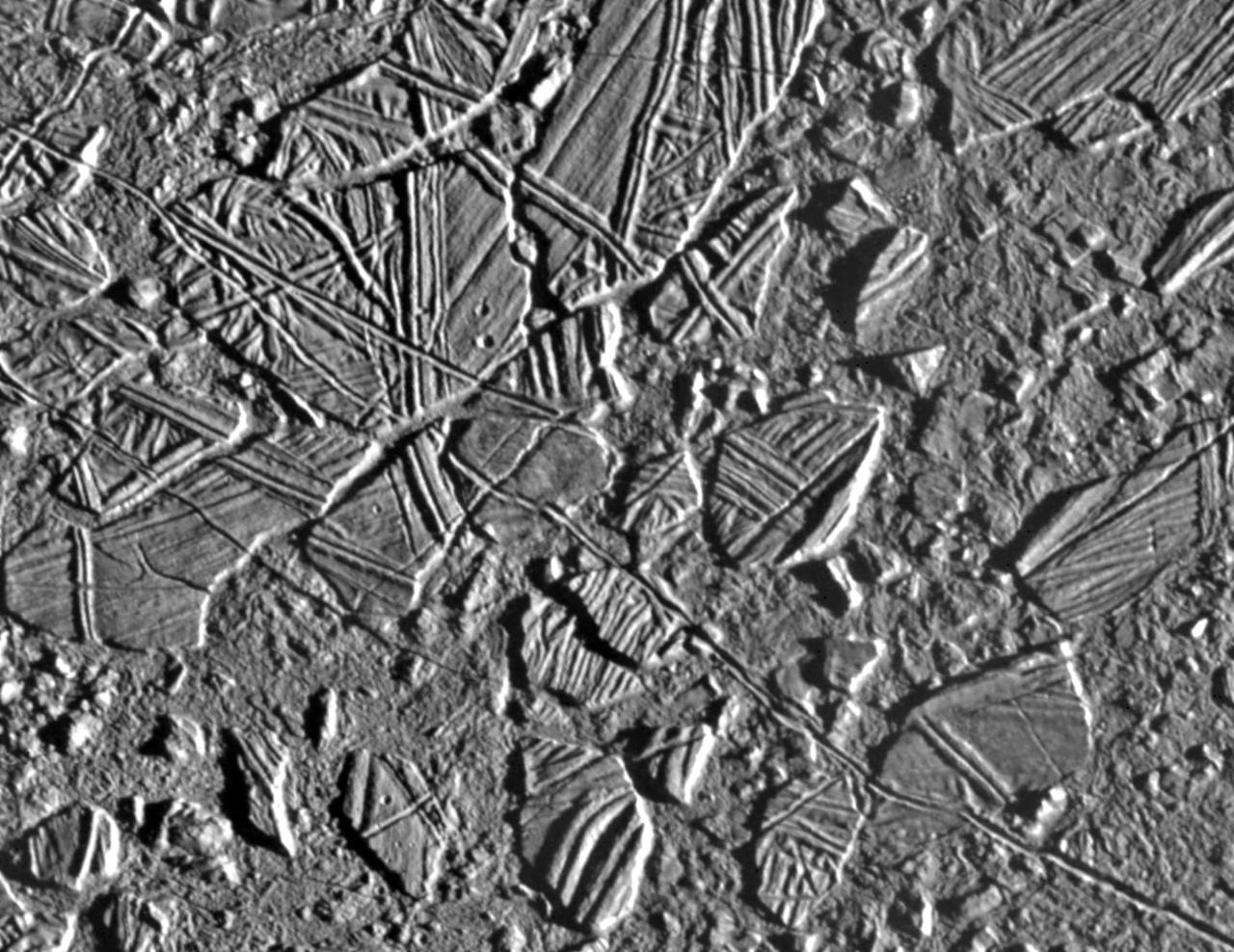
I’ve just watched the first episode of 3 Body Problem, a show that has made me ponder anew the question of extra-terrestrial life. If alien life does exist, where would it develop? You may have heard of the explorations through the Mars Curiosity Rover mission, but do you know that Jupiter’s moon may also be a contender?
With a rocky base, a water-ice surface and a thin, mostly oxygen atmosphere, Europa is already promising. Even better, scientists believe there is a high chance that the icy moon also harbours a saltwater ocean that is twice the size of Earth’s.
Water indicates environments where life can form, hence the excitement. But the ocean is below an icy shell, which could seal it off from crucial energy sources at the surface. This leads us to ask: how thick is the ice?
In a recent paper published in Science Advances, a team of planetary scientists have answered this question, using data and images captured by Nasa’s Galileo spacecraft of a special form of impact crater on Europa. Known as multi-ring basins, the formation of these features depends on how heat is transferred through the ice, as well as how thick the ice is. Using software to simulate the structure of the basins, the team found a match when the conditions were set with ice that was at least 20 km thick.
More promisingly, their study also worked out that the ice shell is made up of a 6–8 km outer conductive layer on top of a warm, convective layer. This significant convective layer would allow water and gas to circulate, meaning that Europa’s ocean is more likely to be a hospitable environment for alien life.
However, astrobiologists need more information to determine whether life could be supported below the moon’s icy surface. It’s only a few months until Nasa launches its Europa Clipper spacecraft on 10 October, but we’ll have to wait until 2030 before the spacecraft arrives on Jupiter’s moon.
In the meantime, there are always television shows and the joys of science fiction.
This article is from New Humanist’s summer 2024 issue. Subscribe now.

